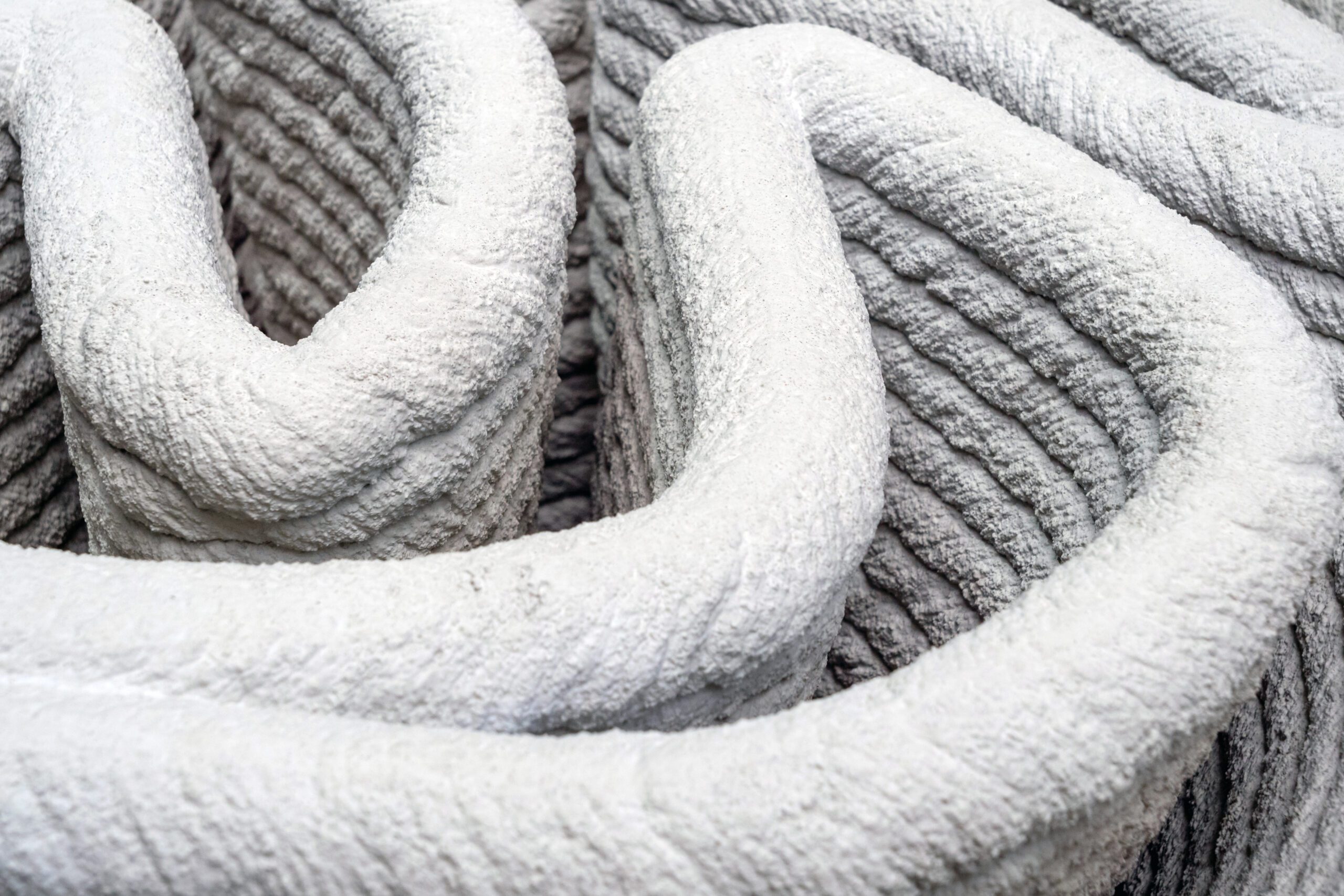Addressing CO2 emissions in the built environment is critical in combatting climate change. Yet despite the urgency of the effort and the potential benefits to building occupants, roughly 80 percent of the energy savings potential in buildings globally remains untapped, according to the World Resources Institute (WRI).[1] In response, WRI has launched the Building Efficiency Accelerator, a public-private collaboration that turns global expertise into action to accelerate local government implementation of building efficiency policies and programs. Their target: a zero-carbon building sector by 2050.
Details »Insulation Institute Blog
Record heatwaves remind us that residential air conditioners (AC) are a wonderful invention, and as sweltering heat blankets much of the country, the demand for home AC will only increase. Unfortunately, this only drives CO2 emissions higher, increasing global warming. One way that we can ensure that we reduce greenhouse gas emissions as much as possible is by adopting more stringent building energy codes that offer higher levels of insulation and air sealing, reducing the amount of energy needed for air conditioning.
Details »New homeowner Evelyn Cagnetti recently contacted NAIMA to share her frustration about her new Energy Star home, which she had built in February of last year. Shortly after moving in, Evelyn noticed that the upstairs was hot, stale, and stuffy during the winter months. Still, she didn’t know why until she checked the second-floor ceiling and found insulation remnants but no insulation.
Details »According to an Associated Builders and Contractors report, the U.S. construction industry needs to hire more than 430,000 more workers this year than in 2020 to keep pace with construction demand.[1] While construction has had a longstanding skilled labor shortage since the great recession in 2008, theories abound on why attracting skilled labor is still such a tough challenge. This week, we look at three takes on the labor issue, and its impact as the industry looks to attract workers in the future.
Details »The U.S. housing market saw a record low supply of homes for sale at 1.16 million in April, down 25 percent from the prior year. With demand driven by the lowest fixed mortgage rates in 50 years, a current housing shortage at 4 million homes nationwide,[1] and higher costs for building materials, land, and labor, any home building option that promises to speed construction while reducing costs is attractive. Enter 3D printed homes – an efficient, cost-effective, and resilient option for new home construction.
Details »The U.S. Department of Energy (DOE) Office of Energy Efficiency and Renewable Energy recently issued a preliminary analysis of the 2021 International Energy Conservation Code (IECC), noting that the code will improve energy efficiency in residential buildings. DOE’s technical analysis of the updated code (relative to the 2018 IECC edition) pegs national savings of approximately:
Details »If you’ve been following our blog for some time now, you know that we write regularly about basic building science. In fact, we completed a primer, Building Science 101 with Building Scientist Allison Bailes a few years back. Dr. Bailes, a Georgia resident, recently wrote the state’s Department of Community Affairs to object to a proposal that would allow as little as R-20 spray polyurethane foam (SPF) insulation to be used on the underside of the roof deck in new homes built in the state when R-38 is required. You may ask why R-20 SPF at a blower door rating of 3ACH 50 was proffered as a substitute for R-38 and 5ACH 50. So did Bailes.
Details »A report released this week by E2 (Environmental Entrepreneurs) highlights the tremendous impact of the pandemic on clean jobs. According to Clean Jobs America 2021, for the first time since the organization began tracking clean jobs, employment fell across the sector in 2020. The pandemic, the resulting economic fallout, and the lingering impacts of policies of the previous administration all contributed to a decline of 11 percent in the total number of clean jobs, the report notes.
Details »Fiberglass batts are commonly used to insulate flat ceilings and attic areas in both new and existing buildings. They offer performance, cost-effectiveness, and relative ease of installation, but that doesn’t mean they’re always installed properly. The performance of any insulation product is dependent not only on selecting the proper product but also on installing it correctly. So, how does one install batts in flat ceilings to maximize thermal performance?
Details »









